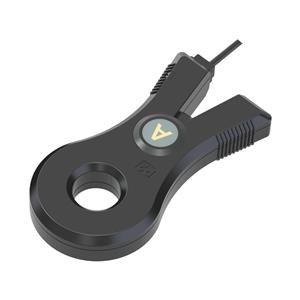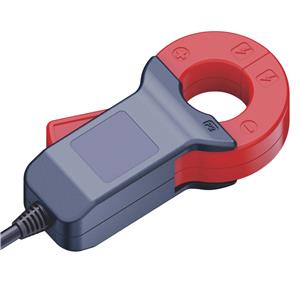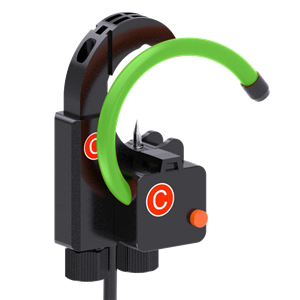-
1304-2024
Troubleshooting and Maintenance of Latching Relays
Latching relays are commonly used in industrial automation systems due to their ability to maintain their position without continuous power supply. However, like any other electrical component, latching relays can experience faults and require regular maintenance to ensure optimal performance. In this article, we will discuss the common issues associated with latching relays and the appropriate troubleshooting and maintenance procedures.
-
1204-2024
Applications of Latching Relays in Industrial Automation
Latching relays, also known as impulse relays, are widely used in industrial automation due to their unique characteristics and capabilities. These relays are commonly employed in various applications within industrial automation systems, providing efficient and reliable control of electrical circuits. In this technical article, we will explore the applications of latching relays in industrial automation and the benefits they offer.
-
1104-2024
Application and Effectiveness of Latching Relay in Energy Conservation
In the realm of energy conservation, latching relay technology has emerged as a significant contributor to efficient energy utilization. This advanced relay type differs significantly from traditional relays, offering unique benefits that are particularly relevant in today's energy-conscious world.
-
1812-2023
100A Magnetic Latching Relay with shunt
A 100A Magnetic Latching Relay with shunt is a crucial component in various electronic and electrical applications. These relays are designed with a magnetic latching feature, which provides a mechanism to hold the relay in either the open or closed position with no power consumption. This is a significant advantage, especially for battery-powered applications where power conservation is critical.
-
0408-2023
latching relay in future
integrating advanced sensor technologies into closing relays can enhance their functionality and responsiveness. By incorporating sensors such as temperature, pressure, and vibration sensors, relays can monitor the operating conditions in real-time and provide timely feedback to prevent potential faults or malfunctions. This not only increases the reliability of the relays but also enables proactive maintenance and system optimization.
-
1806-2023
The future development trends of latching relays
I would like to share with you some thoughts on the future development trends of latching relays. As an electrical component widely used in the field of automation control, latching relays have made considerable progress and have been extensively validated in practical applications. So, what new directions can we expect latching relays to take in the future? Let's explore together.
-
2501-2023
lntelligent electric meter function characteristics
The accuracy is unchanged for a long time, and there is no need to run the school, no installation and transportation, etc.
-
1201-2023
Something about Magnetic Latching Relay
Magnetic latching relay factory condition for contact closure state,but because carry or installed when subjected to impact,may change state,therefore before use to make its reset.
-
2212-2022
Several kinds of relay
Tongue spring relay: a relay that opens, closes or converts the line with tongue spring action that is sealed in the tube and has the dual role of electric shock reed and arbit magnetic circuit
-
2012-2022
Introduction of Relay
A relay is an electrical control device. It has a control system (also known as input loop) and a quilt The interaction between control systems (also known as output loops). Usually applied to the control of automation




